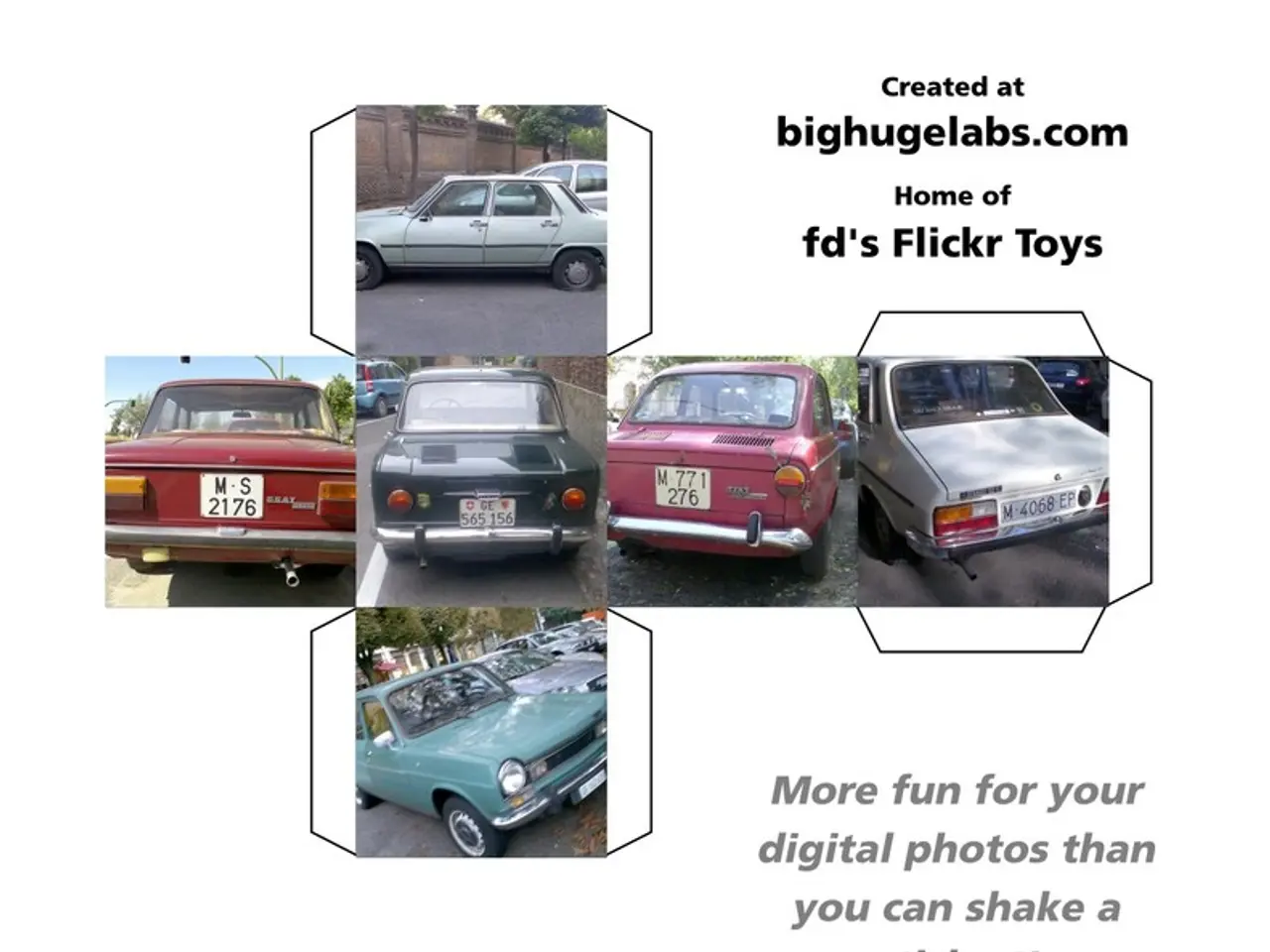EU Automotive Industrial Plan Proposal Detailed by ACEA Head; Encompasses Streamlined Regulatory Structure
The Association of the European Automobile Manufacturers (ACEA) has presented its contribution to the EU Automotive Industrial Plan, focusing on a streamlined regulatory framework for the European auto industry. This proposal is aimed at facilitating a self-propelling market-driven transition to zero-emission mobility for passenger cars, vans, buses, and trucks.
The proposed framework groups regulatory requirements affecting the automotive industry into separate batches, with the intention of ensuring that new legislation is leaner and more targeted. This approach is expected to reduce administrative and reporting requirements for manufacturers, addressing the technical, administrative, or timing incoherences often encountered while implementing legislations.
The ACEA's contribution is part of the envisaged EU Automotive Industrial Plan, which aims to make business easier and faster in Europe. The plan also intends to create conditions for a market-driven transition to zero-emission mobility, a key element in the fight against climate change.
To achieve this, ACEA has developed proposals for a simplified regulatory framework that aligns industrial cycles with regulatory requirements. A one-stop shop or taskforce is proposed to conduct industry-specific impact assessments and consistency tests of new laws, ensuring a coherent and efficient regulatory environment.
The contribution focuses on three key pillars: a strong EU Industrial Policy, a market-driven transition to zero-emission mobility, and reducing administrative burden. ACEA's proposals focus on regulating the future, not the past, by focusing on new type approval.
The EU Commission announced it would publish its automobile industry plan within the first 100 days, but the exact announced date is not specified. The presentation of the ACEA contribution comes on the eve of the Strategic Dialogue on the future of the automotive industry in Europe, an event recently announced by the Commission.
The simplified legislative process is expected to deliver a simpler regulatory framework for the European auto industry, reducing the regulatory burden and preventing overlaps and incoherencies. This would enable vehicle manufacturers to comply with over 100 pieces of legislation by 2030, covering various aspects such as vehicle safety, emissions, energy, materials, data, and security.
In conclusion, the ACEA's contribution to the EU Automotive Industrial Plan is a significant step towards creating a more streamlined regulatory framework for the European auto industry, facilitating its transition to zero-emission mobility while ensuring a competitive and efficient market.








